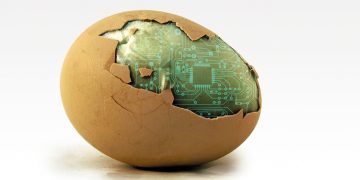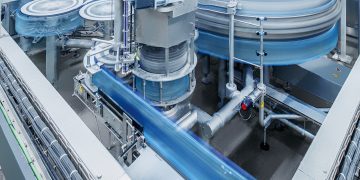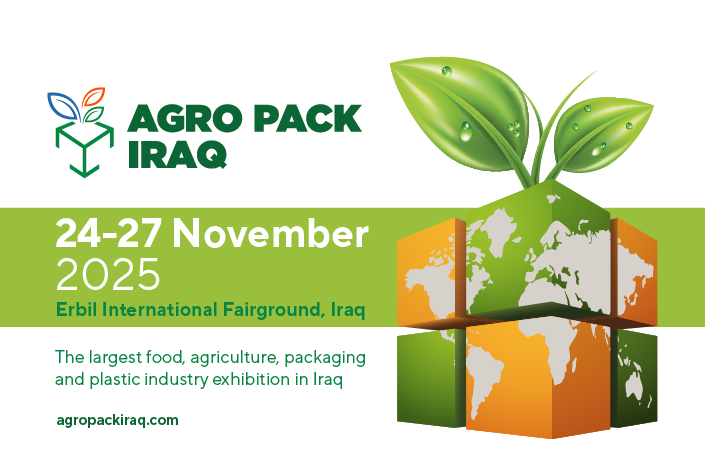Appinventiv – Technology isn’t typically the first thing that springs to mind when discussing problems with the food industry. However, in today’s scenario, automation in the food industry is indispensable to both food production and distribution.
Automation and robotics in the food industry are used by manufacturers to make and package food. By prolonging shelf life and improving food safety, technology has drastically improved food packaging. Food quality is improving as production costs decline. The reality of AI, robotics, drones, and 3D printing in the food industry is the inspiration for the subject that this article will discuss in detail.
Today’s technology, which was initially designed to pick up hefty metal components, is advanced enough to pick up delicate goods like cheese, bread loaves, and fruits without damaging them. Food manufacturers are now capable of monitoring items and consumer demand, then, using data analysis, matching output to this need. This is made possible by robotics and AI software development.
When companies are better prepared to evaluate critical operations like processing, shipping, and storage, including whether food is accidentally tainted, where that food was sent, and where that food was purchased from, they are more capable of overseeing food quality and safety. Several significant food service companies have recently made considerable investments in robotics and artificial intelligence.
Let’s examine, in more depth, how robotics and artificial intelligence have significantly changed this industry.
Robotic food delivery and artificial intelligence are currently revolutionizing the food sector.
Although there have always been staffing shortages in the food and beverage sector, they were aggravated by the worldwide epidemic. To combat skill shortages and improve food security, food service firms are turning to automation in the food industry and robotic solutions. Production, assembling, quality assurance, and recordkeeping can all be made more efficient by combining automation and labor.
Owing to the time and labor savings, people can now concentrate on services and cognitively demanding activities while AI technology takes care of the basic work.



















